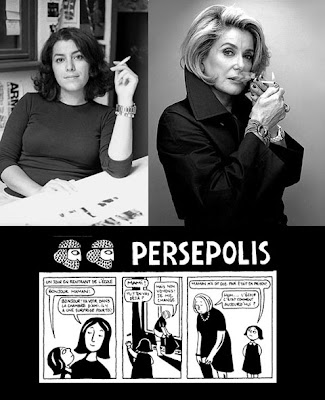
Paula Scher is known as a designer of corporate identities, posters, environmental graphics, packaging, magazines and public spaces. Beside that she is also famous for her paintings of maps rich in information. She fills up her maps with words,presenting the surroundings in a visual way.
" From a distance they resemble patchwork quilts; up close their details are at once clinical and revealing," Coggins says.Scher studied at the Tyler School of Art in Philadelphia.She co-founded Koppel & Scher in New York, than later joined Pentagram.

A hater of the font Helvetica, she mostly used different fonts in her design, which led to her rather "retro" design style, influenced by historical design.
"She is an accomplished graphic designer, and while the work is full of aesthetic pleasure, it's not overly wrought."(Coggins)

She worked with clients like: The New York Times Magazine, The American Museum of Natural History, the Brooklyn Museum of art, Anne Klein, Citigroup, Metropolis, Phillips Van Heusen and New York Botanical Garden. She also served as a teacher at the school of Visual Arts. Scher won several awards and was named to The Art directors Club Hall of Fame.
"Scher is a fantastic voyager who intuitively grasps that when great distances are covered, it's best to tread lightly." David Coggins

Coggins, David. "Paula Scher at Maya Stendhal." Art in America 94.4 (2006): 156. OmniFile Full Text Mega. Web. 4 Dec. 2010.http://www.mayastendhalgallery.com/repetitions_bios_pscher.html

























